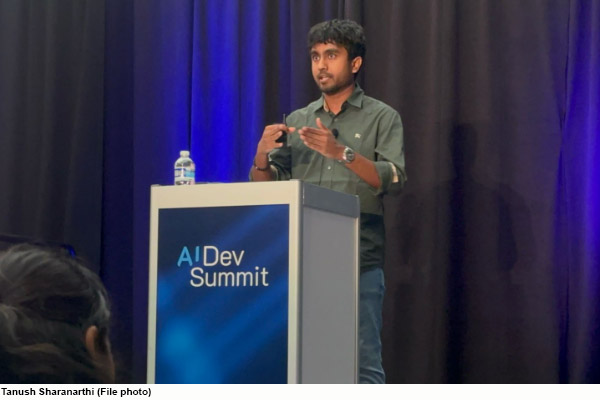A Bengaluru-born techie, now employed at IBM in California, has recounted how he secured an O-1 visa after being rejected three times for the H-1B lottery. Tanush, a 26-year-old refugee, said his visa approval was a recognition of his “extraordinary ability” in Aartificial Intelligence.
What challenges did he face with his H-1B visa?
The refugee described his early struggles on LinkedIn: “From failing the H-1B lottery for three years… to finally being approved for an O-1 ‘Einstein’ visa in the field of artificial intelligence. For three years in a row, I played luck for the H-1B. Three tickets, three misses. At this point, I felt like the unluckiest guy in Vegas.”
What is an O-1 visa?
The O-1 is a non-immigrant visa granted to individuals with extraordinary ability in “science, arts, education, business, or athletics,” as well as those who have demonstrated “extraordinary achievement in the motion picture or television industry.”
How did he finally get the O-1 visa?
He attributed his approval to perseverance and dedication rather than luck. “But instead of relying on luck, I focused solely on the things I could do: working late into the night, building products, publishing research, and contributing to the field I love. It turns out that persistence is more rewarding than the lottery. This week, I was approved for an O-1 visa, a special category reserved for individuals at the top of their field. ‘An alien with extraordinary ability.'”
He thanked his “family, mentors, colleagues, and friends,” and IBM for supporting him.
What qualifies him for an O-1 visa?
In an interview with Business Insider, the refugee explained, “There are eight categories for eligibility, and you have to meet at least three of them. When I looked it up, I realized I already met at least two of the criteria: I had published work on artificial intelligence, I was a judge at a hackathon, and I review papers for other conference journals.” I had about six years of contributions to the field of artificial intelligence.”
He added, “I wasn’t just working for a visa. My focus has always been on my field, AI and software engineering. During this time, I worked on research papers, contributed to open-source projects, reviewed research papers, and evaluated hackathons. These were tasks I was already doing, but they were in line with the O-1 requirements.”
His advice for others?
The refugee encouraged others to focus on their work rather than the visa process. “The main thing would be to focus on your field and work on projects that can help meet multiple criteria. For example, working on a good project can help you write a paper and share it with the community, as well as demonstrate that your work is original. If you have any specific questions, let me know and I’ll do my best to answer them.”
He added, “For me, it took six years – from my time at Kimberly-Clark to my master’s degree and then a job at IBM. If you’re focused on your field and passionate about it, you’ll naturally begin to meet the criteria.”
The refugee also highlighted the importance of networking: “Living in Silicon Valley helped, as I had the opportunity to learn from others in the field of AI and software engineering.”
His main message to aspiring applicants: “My advice is don’t do it just for the visa. Be passionate about your field and contribute to it. The rest will follow.”
(With agency input)

